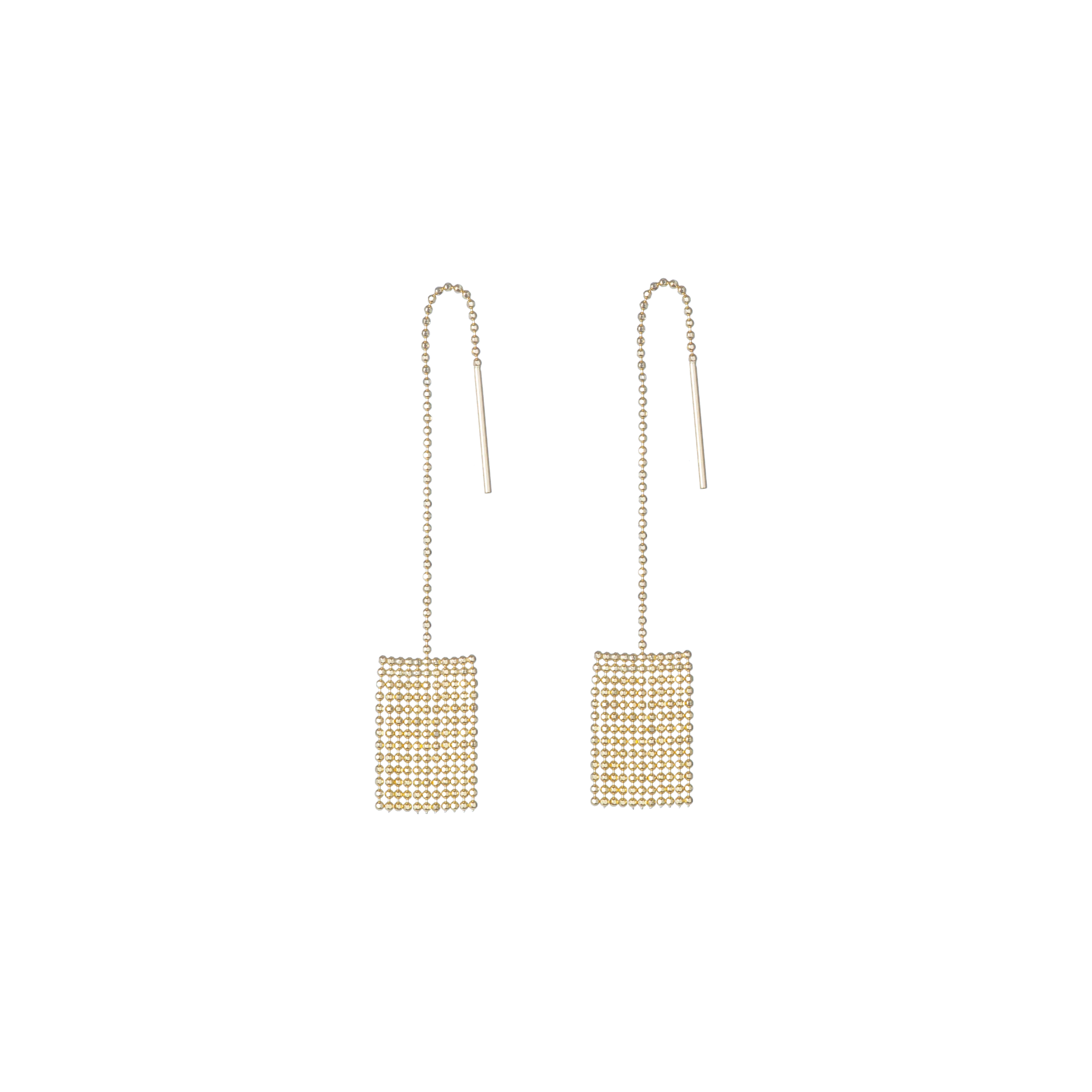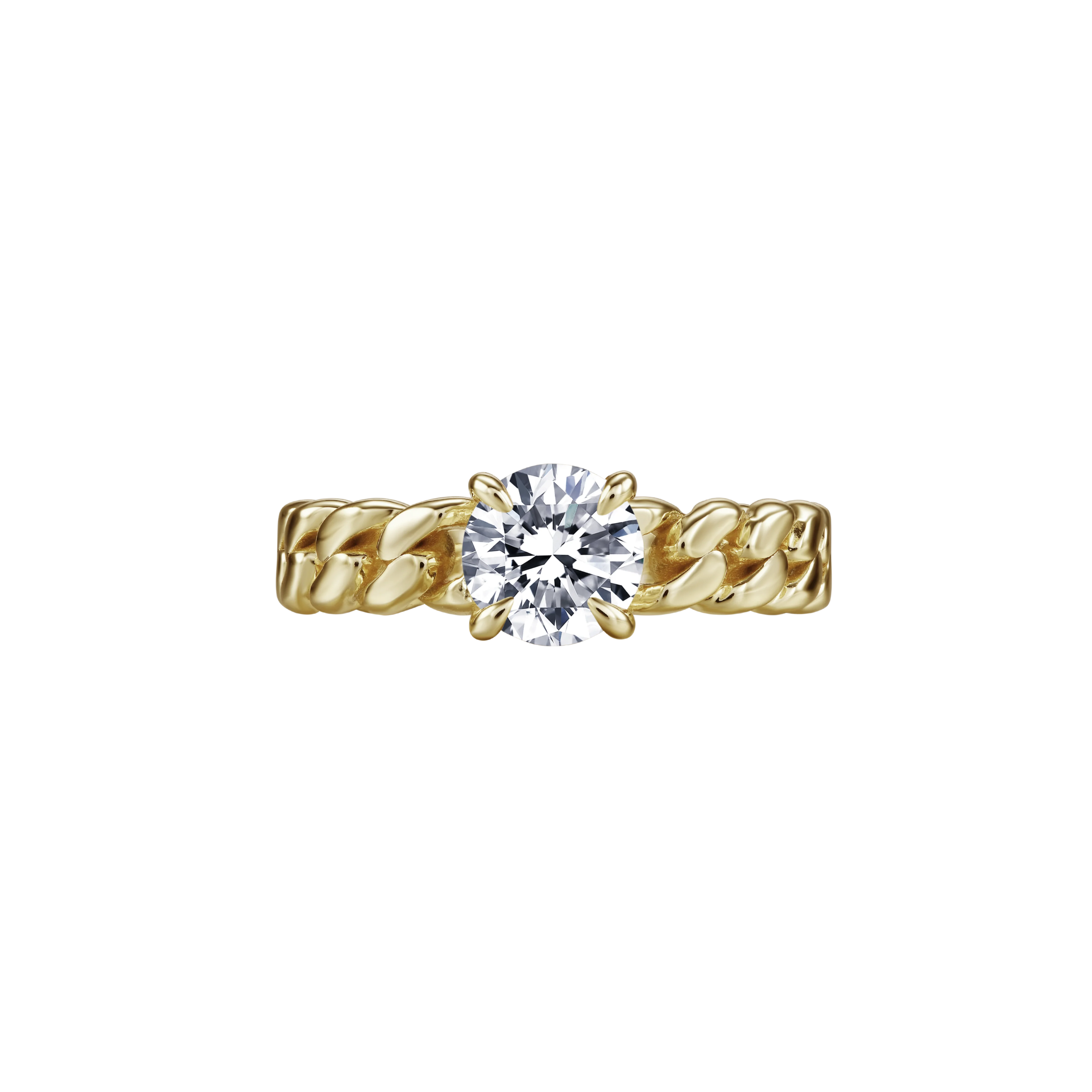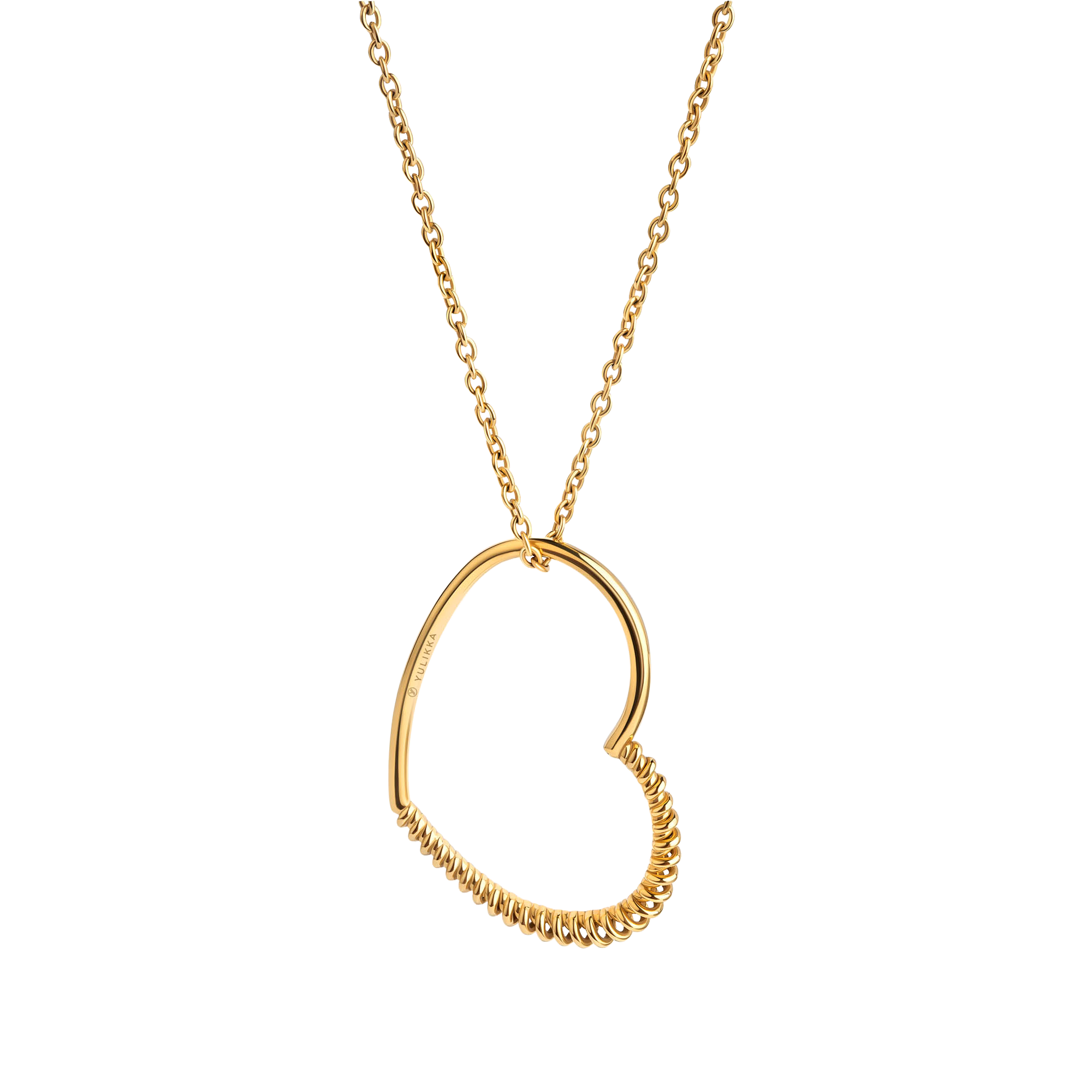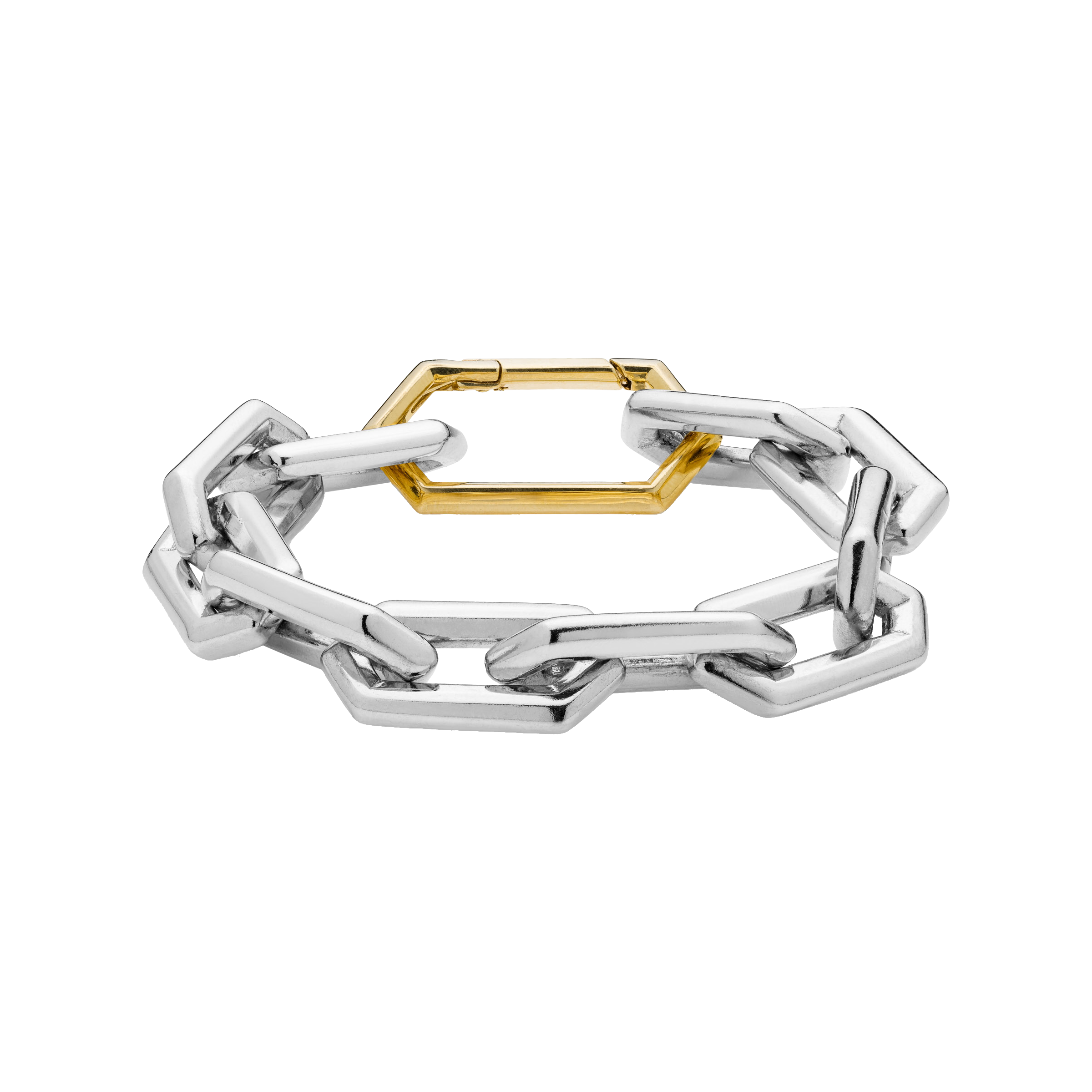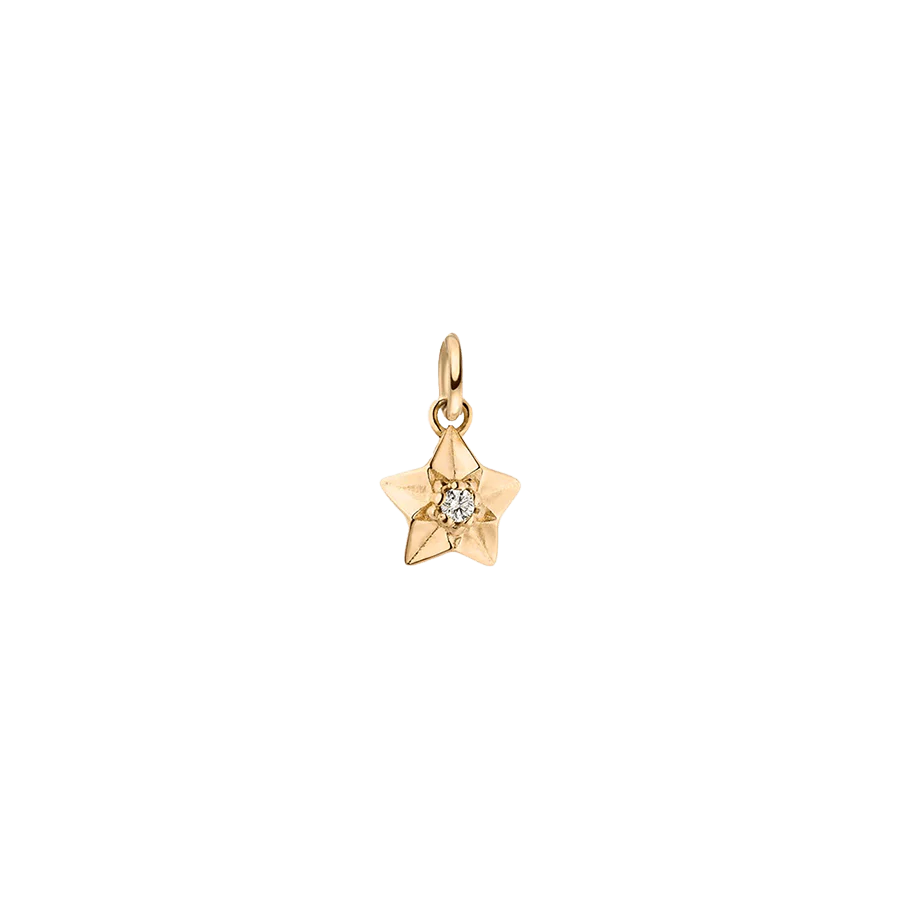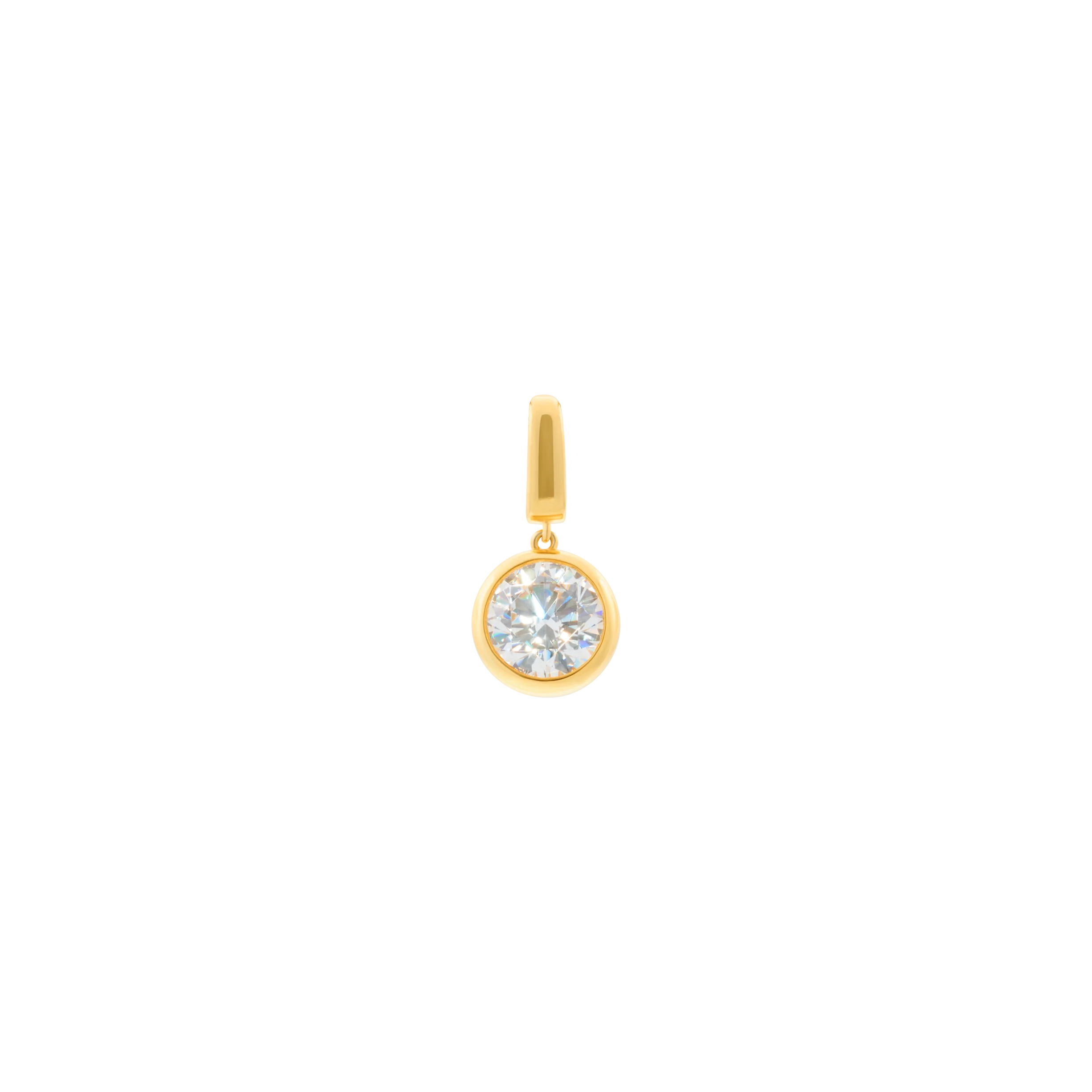Independent verification of the highest sustainability standards.
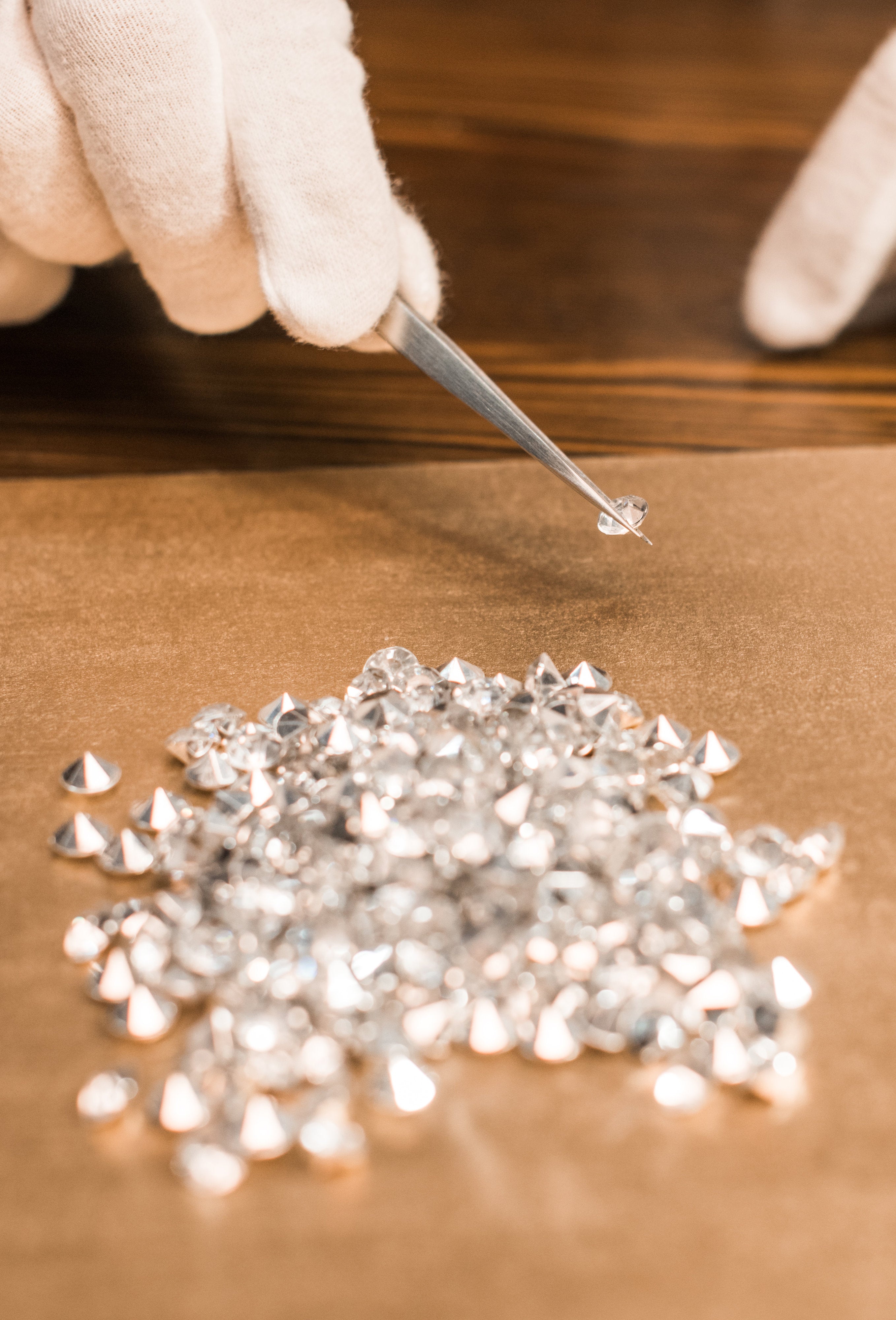
A Complete Guide to Diamond Carats
You’ve narrowed down your choice to two gorgeous band designs. Both feature a sparkling lab-grown diamond as their focal point. But which one will best suit you? This article will explain everything you need to know about diamond carat.
What is a diamond carat?
A diamond carat is equivalent to 200 milligrams or 0.2 grams. It is a measurement unit that expresses the weight of lab-grown diamonds and other gemstones.
The word carat is derived from the Indian term “karat,” which is a unit of gold that is used as a measure of its purity. Today, the carat scale is widely used in the jewelry industry to determine the size and value of gems.

Popular diamond carat weights

How does carat affect the price?
The price of a diamond is determined by the cut, clarity, color, and carat, known as the four Cs. The carat size is the most important factor - when the diamond carat weight increases, the price also increases.
What does "TW" mean?
The “TW" is the short form of the total weight of all diamonds or other gemstones in a piece of jewelry, not only limited to diamond carat weight.
What is the price of 1 carat diamond?
A one-carat diamond ring is a popular option. Keep in mind that it is not only the weight of lab-grown diamonds that determines its price. The cut, clarity, color, and carat are also essential factors. Two lab-grown diamonds of equal carat weight can have different prices.
At The Future Rocks, we offer innovative one-carat solitaire rings made from recycled gold and platinum.
How many carats should my ring have?
There is no classic rule that people should follow. However, the higher carat weight may not be better than the smaller one as cut, clarity, and color also matter. If you are buying a lab-grown diamond ring, you should also consider your total budget, diamond shapes, and ring designs.

